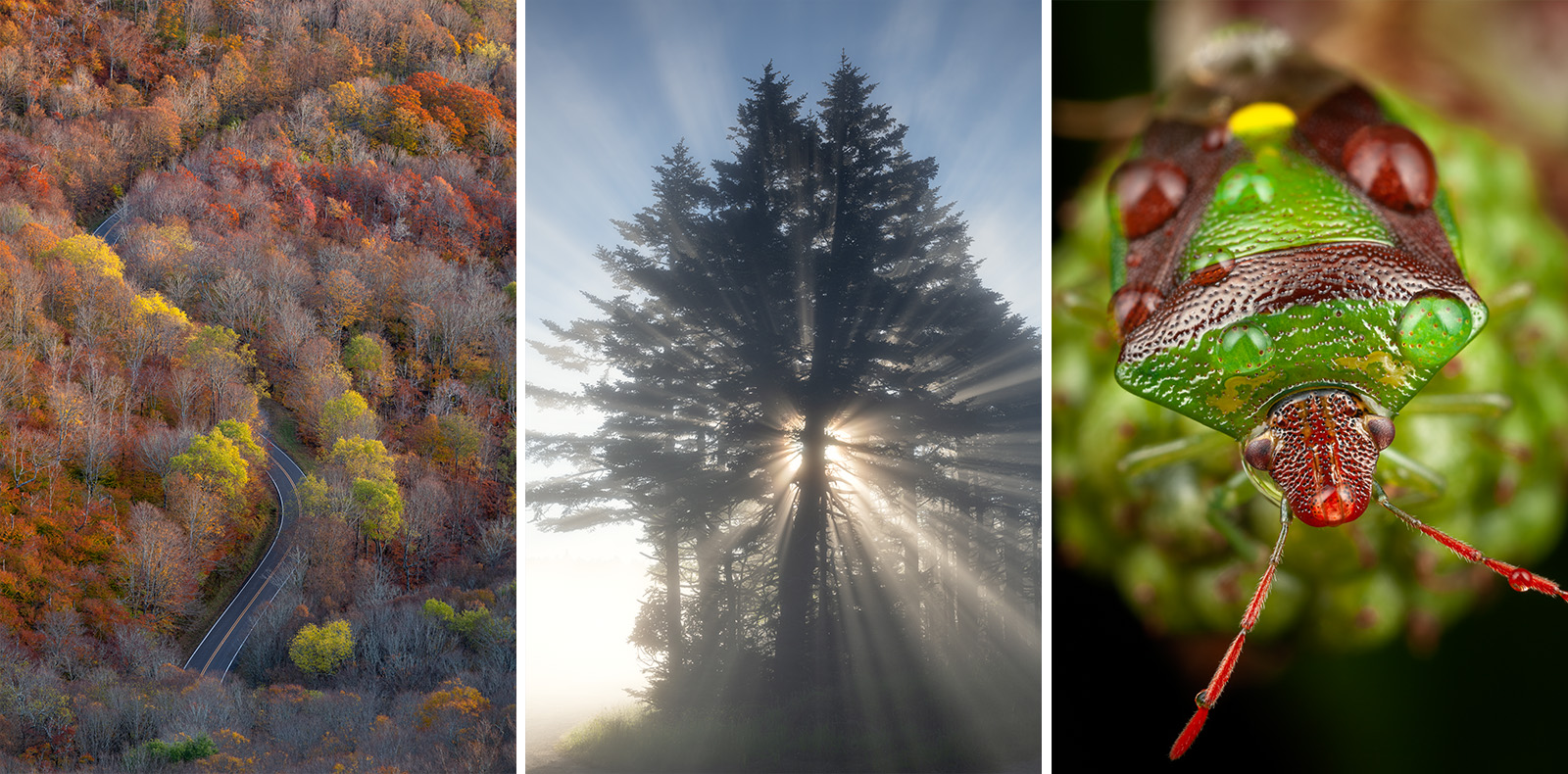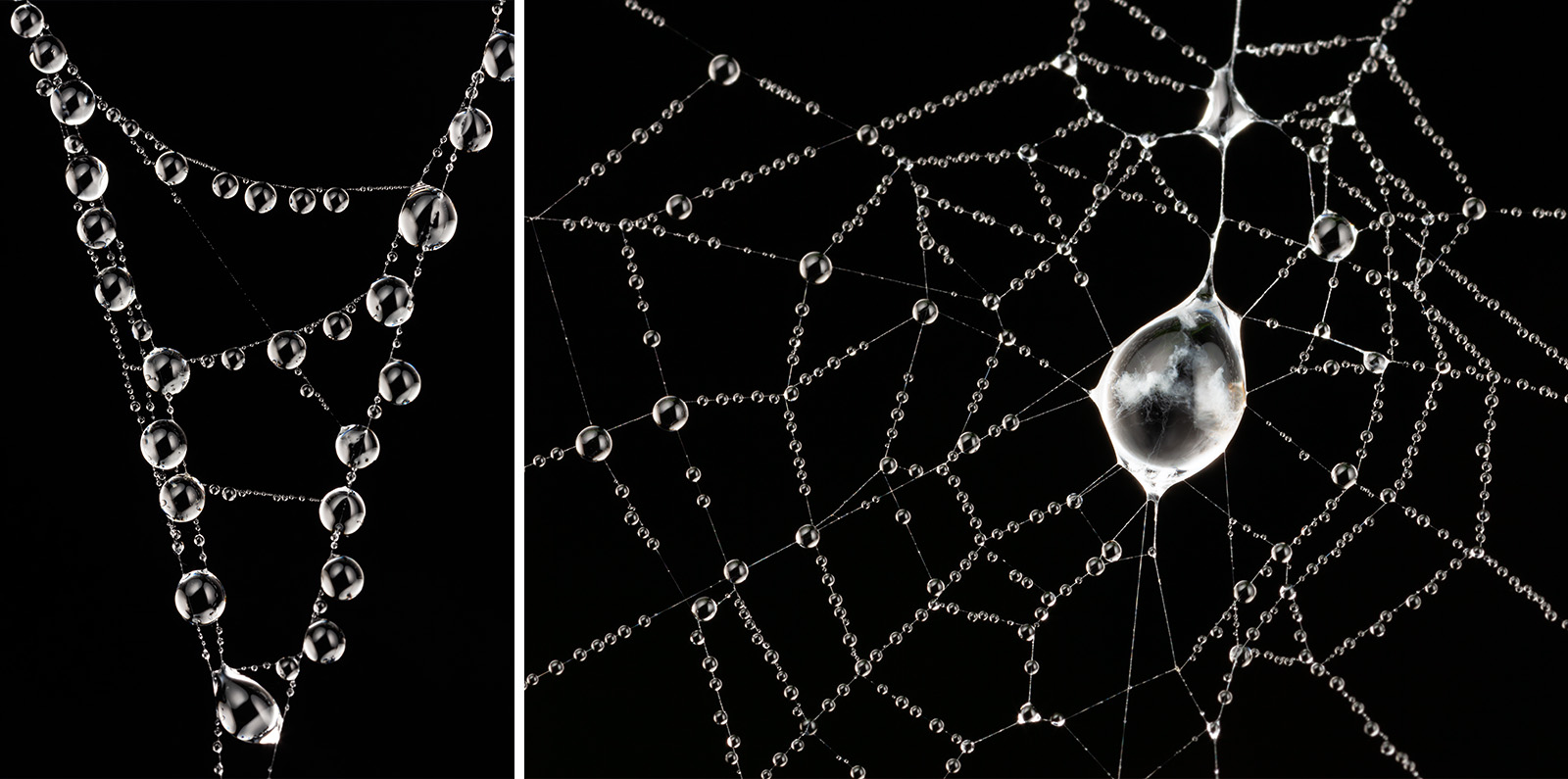
The Roan Highlands
The Roan Highlands, part of the Unaka Mountains, are not a singular peak but a long, continuous, high-elevation ridgeline that forms the boundary lines for Western North Carolina and Eastern Tennessee. The Roan Highlands claim the longest continous stretch of grassy bald habitat in the world. Southern Appalachian Grass Bald is critically imperiled. The Roan also features, arguably, the finest stand of Southern Appalachian Spruce-Fir Forest in the Appalachian Range. Defenders of Wildlife ranked Southern Appalachian Spruce-Fir Forest the second most endangered habitat in the United States. This place is special. And it’s a visual delight for landscape photographers.
What is there to see?
Southern Appalachian grass bald habitat. The Roan Highlands feature the longest continous stretch of grass bald habitat in the world. Expect high-elevation, open landscapes dominated by grasses and shrubs.
Southern Appalachian Spruce-Fir Forest. High-elevation forests consisting of primarily Red Spruce and Douglas Fir trees; often referred to as “cloud forests.” Southern Appalachian Spruce-Fir Forests are considered the second most endangered habitat in the United States. The Roan features the finest stand of Spruce-Fir forest in the entire range.
Shrub / Heath Bald. The Roan features large areas of heath bald. In fact, the largest stand of Catawba Rhododendron in the world occurs within the Roan. In the late spring, heath balds explode with magenta pink Catawba Rhododendron and fire orange Flame Azalea!
Rare wildflowers. Unique habitats provide for rare and endangered wildflowers. Grays Lilies, Spreading Avens, Greenland Sandwort, and Sand Myrtle are among a few that can be seen growing on the Roan.
When are good times to visit?
Late spring (mid-June): This is the peak season for the Roan. Heath balds of Catawba Rhododendron and Flame Azalea burst into colorful bloom and drive a frenzy of visitors. Mornings are still cool and afternoons warm.
Summer (July): Summer is when many of the rare and endangered wildflowers come into bloom on the Roan. Gray’s Lilies, Spreading Avens and Greenland Sandwort to name a few can be seen in early July. The views are still amazing, but the flowering heath shrubs are largely done for the season.
Autumn (mid- to late-October): While trees are largely non-existent atop the Roan, blueberry bushes are plentiful. Their red flush set against the mountainous backdrop makes for dramatic and different autumn photographs.
What type of camera gear is optimal for this place?
Variety of focal lengths. Wide-angle lenses for big views and for including colorful heath shrubs in the foreground. Medium to long-telephoto lenses for reaching out and grabbing distant mountain ranges. Macro lenses for bringing forth the rare and delicate plants that grow on the Roan.
Camera pack. The Roan requires hiking. From Carver’s Gap (parking area), The Appalachian Trail carries visitors up and over a variety of high-elevation peaks within the Roan. Having a camera pack with an internal frame to disperse the weight of gear is important. From Carver’s Gap to Grassy Ridge is roughly three miles one-way, or about six miles round-trip.
How difficult is the terrain?
Moderate. The Appalachian Trail is well graded and gravel for the most part. However, there is considerable elevation gain and loss as the trail undualtes between peaks and down through gaps. Several miles separate the parking area from many of the best peaks for photography. Hiking is required.










Ready to join me in the Roan Highlands?
Photo adventures give me the freedom to live my dream. If I can show you a new landscape or add depth to a landscape you already know, drop me a line. Let’s get together!
